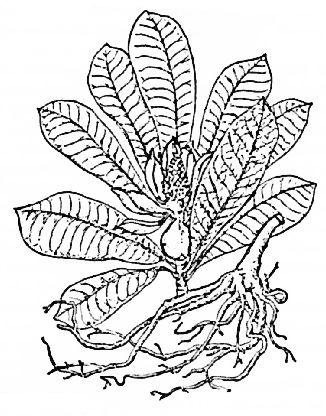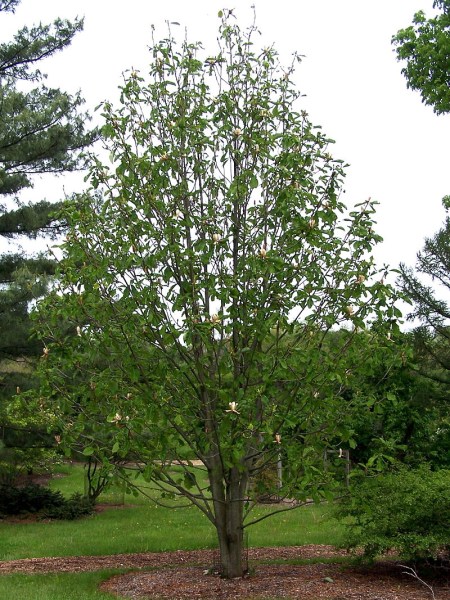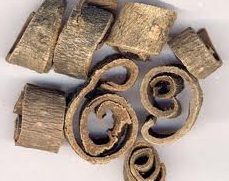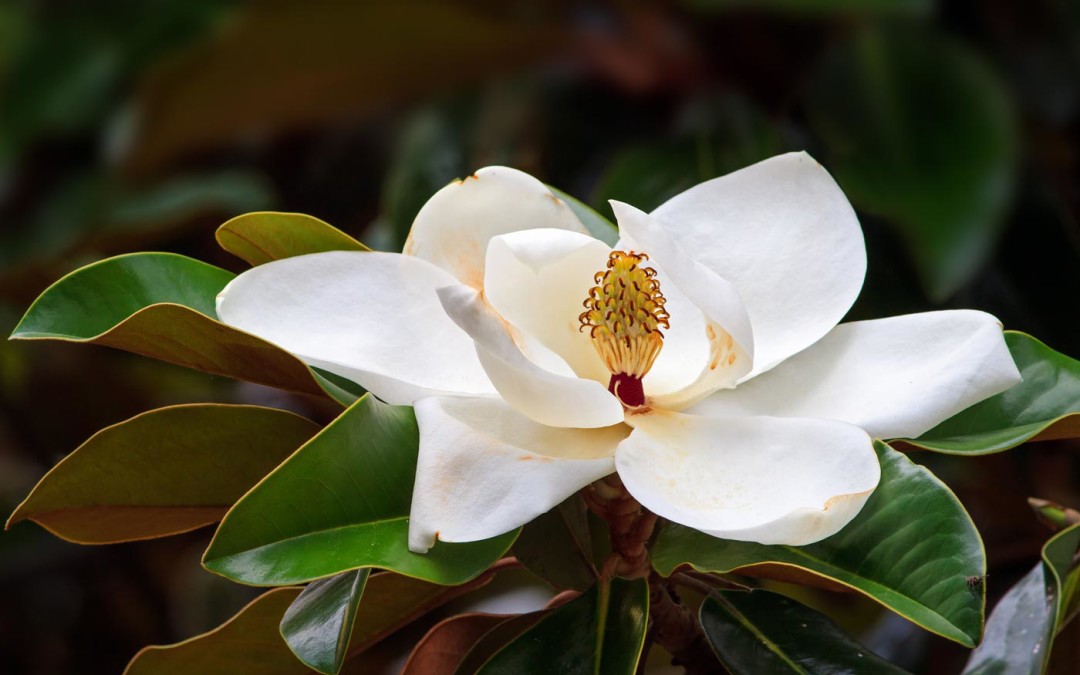1. Antibacterial, antispasm- for stomach
and colon.[3]
2. Aid peripheral circulation- cold hands and feet. Stimulates mucus secrection.
Strengthens stomach motility.[3]
- Stomach excess manifesting as epigastric
fullness and distention, acid regurgitation, distasteful belching, and nausea
or vomiting. Use with
Atractylodes lancea-
Cang zhu,
Citrus tangerina- Chen
pi.
- Epigastric and abdominal distention due to Qi and food stagnation, with
Citrus
aurantium- immature fruit- Zhi ke.
- Distention and fullness due to Cold from deficiency, with
Panax
ginseng- Ren shen and
Glycyrrhiza
uralensis- Gan cao.
- Cough and wheezing with copious sputum due to congested fluids, with
Prunus
armeniaca- Xing ren and
Ephedra sinica-
Ma huang.
[1] Barefoot Doctor's Manual- 1977 Prepared
by the Revolutionary Health Committee of Hunan Province. Original Chinese manual-
Victor W. Sidel. Originally published by Dr Joseph Quin and the Fogarty International
centre, Bethdesda (1974). Madrona Publishers Seattle Washington ISBN 0-914842-52-8
[2] A Complete English Dictionary of Medicinal Terms in Chinese Acupuncture
and Herbalism 1981- Henry Lu Chinese Foundations of Natural Health- The Academy
of Oriental Heritage, Vancouver, Canada.
[3] Translation notes from Gary Seiford and Hocu Huhn- NSW College of Natural
Therapies. Sydney Australia.
[4] Chinese Herbal Medicine Materia Medica- Dan Bensky and Andrew Gamble- Eastland
Press 1986 Seattle Washington ISBN 0-939616-15-7
Images
1.
en.wikipedia.org
by Bruce Marlin CC BY-SA 3.0
2.
activeherb.com
3.
chineseherbshealing.com
4.
eastwesthealingacademy.com
5.
pinterest.com
6.
[1] Magnolol, iso-magnolol, honokiol, machilol,
eudesmol, magnocuranine.[1]
References
[1] Chinese Herbal Medicine Materia Medica- Dan Bensky and Andrew Gamble- Eastland
Press 1986 Seattle Washington ISBN 0-939616-15-7
 HABITAT:
HABITAT: Magnolia
officinalis. 厚
朴 Hòu pò Magnolia Family: Magnoliaceae
Magnolia
officinalis. 厚
朴 Hòu pò Magnolia Family: Magnoliaceae


 厚
朴
花 Hòu
pò huā Magnolia flower
厚
朴
花 Hòu
pò huā Magnolia flower

 HABITAT:
Usually found growing in alpine and hilly areas, or cultivated.
HABITAT:
Usually found growing in alpine and hilly areas, or cultivated.